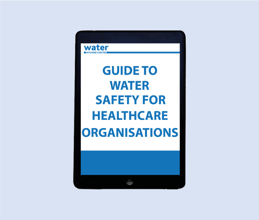- Home
- About
- Sectors
- Services
- Legionella Risk Assessment
- Water Risk Assessment Review
- Scalding Risk Assessment
- Engineering Assessment
- Authorising Engineer (Water)
- Retained Competent Help for Water
- Project Design Review
- Water Safety Audit
- Schematics
- Water Safety Plan
- Legionella Written Scheme of Control
- Analytical Services
- Expert Witness
- Incident Investigation
- Client Portal
- Training
- Which course is right for me?
- Online training courses
- WATER SAFETY: Management - Role of the Responsible Person / Water Safety Group
- WATER SAFETY: Technical - Role of the Authorised Person / Water Safety Group
- WATER SAFETY: Management - Role of the Authorised Person - Projects / Design
- WATER SAFETY: Technical - Role of the Competent Person
- Legionella Awareness Training
- IPC Briefing
- Knowledge Spa
- Contact us
- 01993 840400
- Services
- Legionella Written Scheme of Control
















